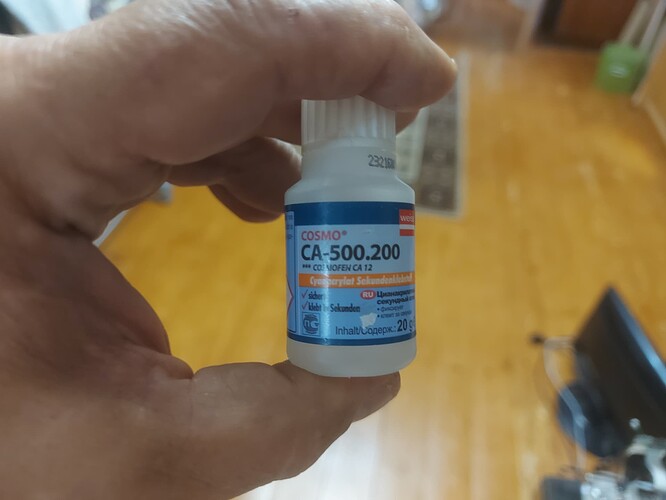Continuing the discussion from Breaking News! Charlie critically injured! More News at 11.:
@cleoqc (and everyone else)
Adhesive technology is continually advancing, which is a good thing.
One example is “liquid sutures”, a specialized form of crazy glue used by doctors to close up external incisions. It costs like NASA’s budget, (my orthopedist in the US mentioned that a tiny tiny tiny single-use tube was something like $300+ back in 2018), and allows the incision to heal upward from inside.
Earlier this year, (after breaking Charlie’s frame again), I discovered a newer, particularly specialized kind of super glue that is supposed to be, (at least to some extent), effective on Lexan/polycarbonate plastics.
One note is that it doesn’t cure “instantly”. The pieces need to be firmly clamped and I recommend a cure time of about 12 hours before removing the clamps and putting the article into use. Classroom translation: Clamp today and unclamp during tomorrow’s class.
Also note that heating the joint does not accelerate the cure time or improve the bond strength. (If the ambient temperature is below about 15°C, it should be warmed to room temperature, (20°C).) In fact, excessive heat can reduce the strength of the final bond.
Advantages:
- It appears to work on polycarbonate plastics.
Though I haven’t subjected it to extensive stress testing, it seems to be holding up well.
- It works on many other things as well.
- It’s becoming increasingly available. Recently I’ve seen it at the registers of the local “big box” home centers.
Disadvantages:
- It is very thin, (an incredibly low viscosity), and has a tendency to “creep”. Even when tightly closed it will seep out and make a mess if it’s left on its side.
- That can also be an advantage as it promotes a thin, uniform coverage of the joint.
- That can also be an advantage as it promotes a thin, uniform coverage of the joint.
- The very low viscosity and high surface tension causes it to rapidly move out of the immediate joint area to cover parts of the surrounding plastic, even if applied sparingly. This creates a messy joint, though it can be polished, (albeit with some difficulty), if a clean joint is a requirement.
- Because of the low viscosity, I recommend placing a very slick piece of paper under it, (like waxed paper if you can get it), to prevent it from sticking to everything else.
All in all, despite the messiness, it’s a useful adhesive for dense plastics.
